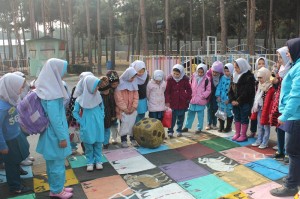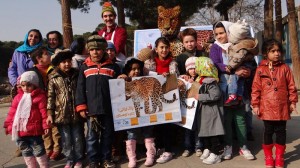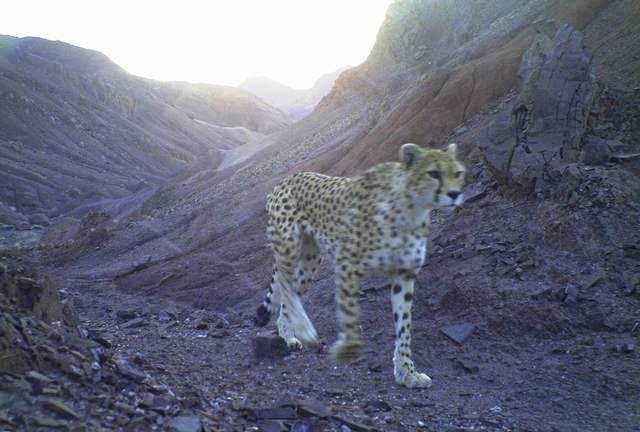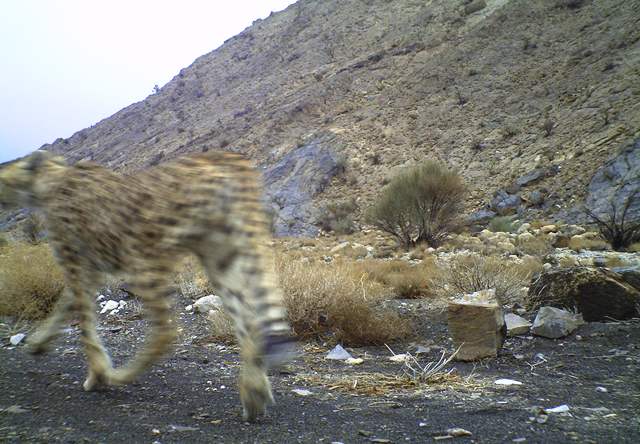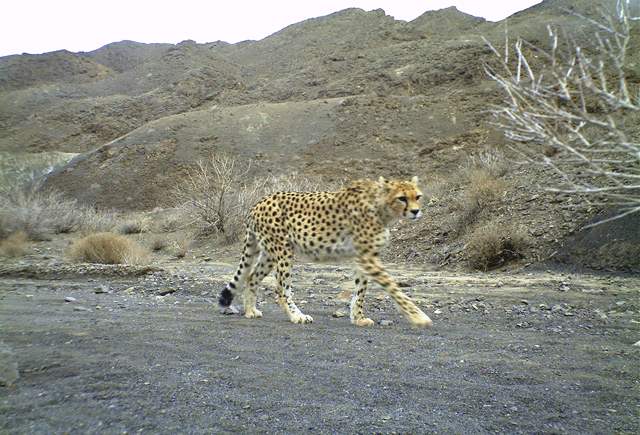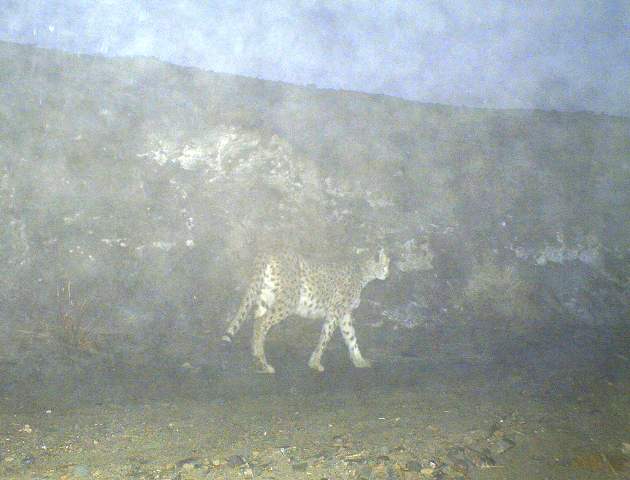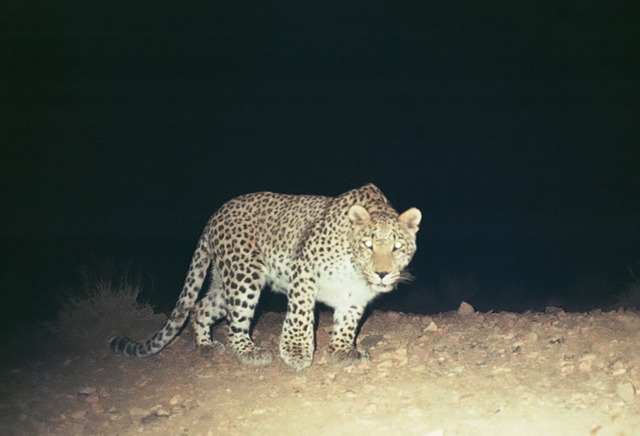“The only confirmed Asiatic cheetah cubs in Iran during 2012 are still alive in Minadasht, northeastern Iran. In early April 2013, an exceptionally large group of six cheetahs were seen and filmed by local people in northern area, which were split into two groups, a mother with four adolescents and two adults. While quality of the film does not allow to go for precise spot comparison; however, the family is likely the same group we photo-trapped in summer 2012. She has been an experienced mom, successfully raised all her three cubs to the age of one. In early winter 2012-2013, they were watched by the game wardens from a distance for half an hour.
The cheetahs face various challenges during their first year of life, decreasing their chance of survival. Intensive studies in Africa have revealed high juvenile mortality among the cheetahs, even up-to 95% before reaching independence fro mother (ca. 17 months) in eastern Africa. However, extremely low detectability of the Asiatic cheetahs has not allowed a proper investigation on their reproductive ecology in Iran.
Every year, around 30 herds of livestock legally graze Miandasht’s rangelands during winter. We have evidence of this female before two previous winters in the area and it is likely that she spent entire winter there, remaining un-detected among livestock. No report of cheetah sighting has been received in these two years during their winter presence in Maindasht.
However, successful rising of three juveniles to their second year has been possible due to recent enhanced protection measures in place by the Norkh Khorasan Department of Environment. Presently, gazelle population has reached to more than 600, twice population size of early 2000s. In the meantime, neighboring reserves around Miandasht now should expect the cheetahs, as they leave their mother in summer/fall 2013 to find new ranges. With respect to the area’s proximity to Turkmenistan border, even trans-boundary dispersal is plausible.
After ceasing camera trapping during winter 2012-2013 due to presence of livestock, the Iranian Cheetah Society (ICS) and DoE are re-establishing the monitoring program by means of equipping all the areas water sources with digital camera trap to catch proper shots of the young cheetahs in order to develop a national photo ID for each individual. These IDs would help scientists to understand if they would be photographed in the same or other areas.
The cheetah family in summer 2012
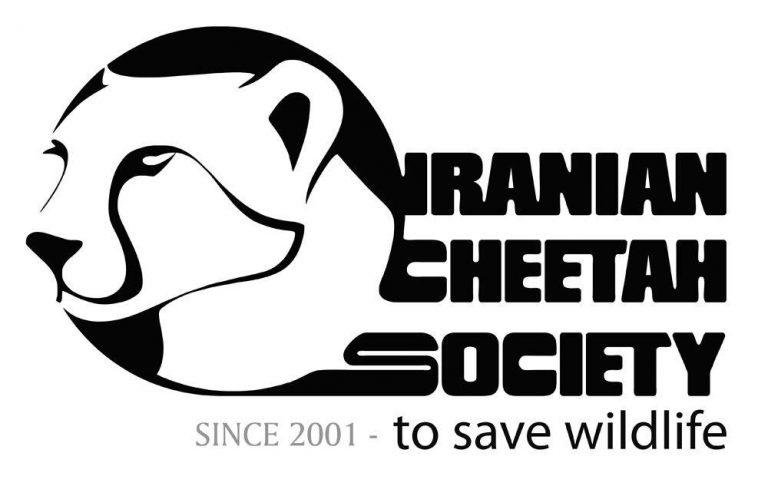
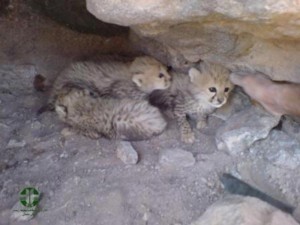
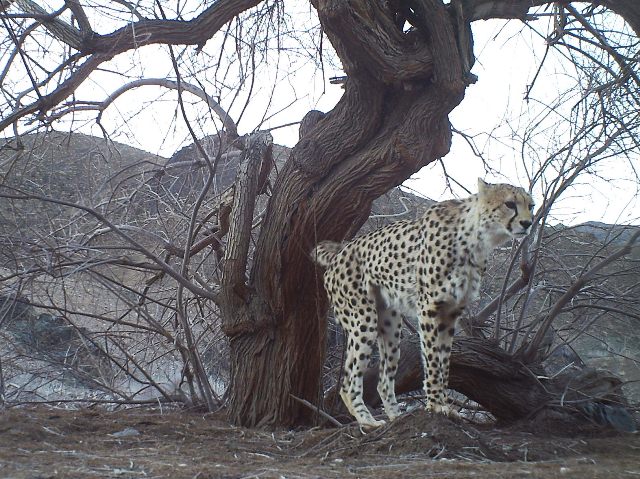
.jpg)
.jpg)
